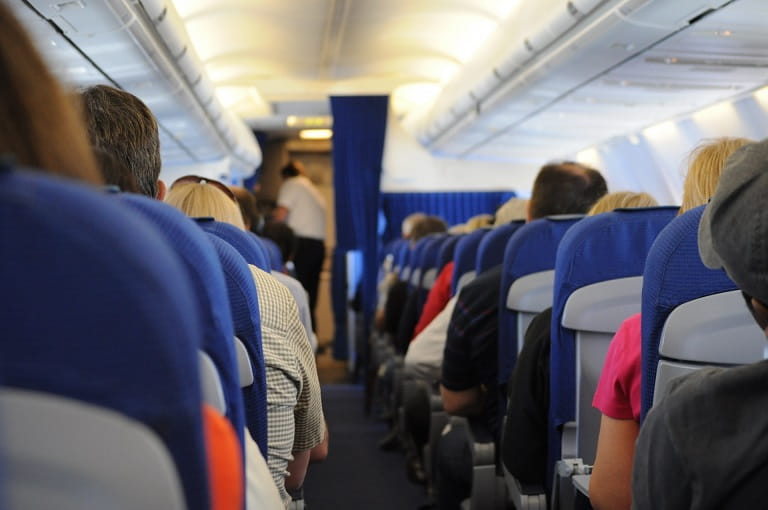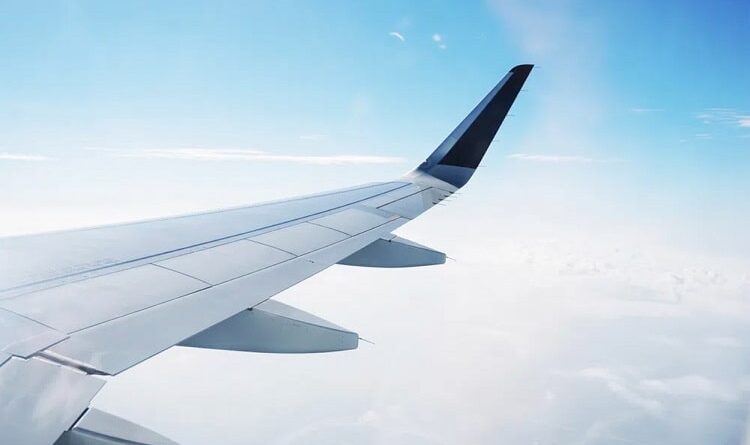Why Do Airline Flights Cause Muscle Cramps?
When taking an airline flight you may have noticed that the flight itself can have subtle, or sometimes more profound affects on the body.
Here we will discuses these affects, and also look at ways they can be reduced.
Author: Josh Matthews (BSc MS)
Flying has been associated with, amongst other things:
- Dehydration
- Jet Lag
- Muscle Stiffness and Cramps
- Deep Vein Thrombosis (DVT)
- Ear and Sinus Issues
- Gastrointestinal issues
- Fatigue and Sleep Disturbances
- Radiation Exposure
- Immune System Suppression
In this article we will focus on muscle stiffness and cramps. We will look at why they happen and what can be done to minimize the risk of muscle cramps.
What Causes Muscle Cramps On Airline Flights?
Muscle cramps during or after flights can occur for several reasons. Here are some of the more common factors that contribute to this discomfort.
Prolonged Sitting
Long flights often require passengers to remain seated for extended periods, which can lead to reduced blood circulation and muscle stiffness. When muscles are immobile for too long, they may become more susceptible to cramping.
Dehydration
Airplane cabins have low humidity levels, and passengers tend to drink less water during flights. This combination can lead to dehydration, which can disrupt the balance of electrolytes in your body, making your muscles more prone to cramps.
Limited legroom
The cramped space in economy class seats, especially for taller individuals, can cause legs to be in a fixed position with little room to stretch or move, leading to muscle cramps.
Reduced Blood Flow
The lower cabin pressure at high altitudes can decrease blood flow to the extremities, making it harder for oxygen and nutrients to reach the muscles, which can potentially trigger cramps.
Lack of Movement
If you are not actively moving during the flight, your muscles may not receive the necessary stimulation to stay relaxed and flexible, increasing the likelihood of cramping.
Cold Temperatures
Airplane cabins can be chilly, and cold environments may cause muscles to contract and tighten, leading to cramping.

How To Reduce The Risk of Muscle Cramps During Flights
Consider the following tips to help reduce the risk of muscle cramps.
Stay Hydrated
Drink plenty of water before, during, and after the flight to help maintain electrolyte balance.
Move Regularly
Whenever possible, take short walks up and down the aisle, or perform simple stretching exercises in your seat to keep your muscles active.
Choose An Aisle Seat
If possible, opt for an aisle seat, as it allows you to move more freely and stretch your legs without disturbing others.
Wear Comfortable Clothing
Dress in loose, comfortable clothing to allow for better circulation and ease of movement.
Wear Compression Socks
Compression stockings or socks can help improve circulation, which in turn can help to prevent sore legs and leg cramps after flying.
Use The Footrest
If available, use footrests or elevate your legs slightly to promote better blood flow.
Avoid Excessive Alcohol and Caffeine
Both alcohol and caffeine can contribute to dehydration, so try to limit your consumption during the flight.
Summary
Hopefully this article has enabled you to become better prepared for flights, and you have discovered ways to reduce or prevent cramp while flying.
Check curemycramp.com for more articles like this
Disclaimer: All information on this site is for information only, and not intended to replace the advice of a qualified medical professional. curemycramp.com and any writers associated with this website accept no responsibility for circumstances arising from the use of information on this site, without consulting a registered health professional first.

